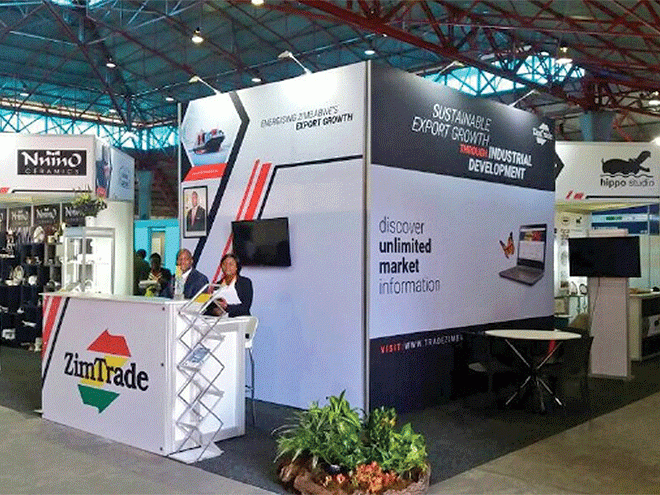
BY FIDELITY MHLANGA
THE total asset base of the pension industry increased by 843,32% to $66,41 billion as at June 30, 2020, up from $7,04 billion reported as at June 30, 2019 buoyed by revaluation of investment property and quoted equities in response to currency reforms and inflation, a report from Insurance and Pensions Commission (Ipec) has shown.
The increase in the asset base was mainly due to revaluation of investment property and quoted equities in response to currency reforms and inflation. This resulted in the two asset classes increasing by 1 263,41% and 657,10%, respectively.
The investment property and quoted equities had a combined value of $50,89 billion, accounting for 76,63% of total industry assets.
“Notwithstanding the increase in the nominal value of prescribed assets from $0,51 billion as at June 30, 2019 to $4,72 billion as at June 30, 2020, compliance was still low at 7,11% against the regulatory minimum of 20%,” Ipec said.
The pensions regulator said rental income continues to lag behind the inflation rate. The industry, however, got a reprieve following the gazetting of Statutory Instrument 85 of 2020.
This facilitated dual pricing and enabled consumers with free funds to pay for goods and services using United States dollars as a measure of stabilising financial markets in response to the COVID-19 lockdown.
The insurance and pensions industry, particularly pension funds and life companies whose major investments are in the form of property, continue to face challenges from low occupancy.
- Chamisa under fire over US$120K donation
- Mavhunga puts DeMbare into Chibuku quarterfinals
- Pension funds bet on Cabora Bassa oilfields
- Councils defy govt fire tender directive
Keep Reading
“As a result, some property owners now prefer holders of free funds as tenants. However, this trend may further result in low occupancy ratios as most tenants’ earnings are in local currency,” Ipec said.
Total income for the industry for the period under review was $29,55 billion compared to $1,35 billion for the same period in 2019.
The income was driven by fair value gains which constituted 63,96% of total income and interest from investments, which constituted 22,65%.
The pensions industry had 960 registered funds as at June 30, 2020, of which 919 were defined contribution schemes whilst 41 were defined benefit schemes.
Total membership, excluding beneficiaries was 892 240 as at June 30, 2020, having risen from 798 400 as at June 30, 2019.
Total industry expenditures for the period under review amounted to $965,28 million, of which $481,71 million was for pension benefit payments.
Administrative expenditures amounted to $332,59 million, resulting in average expenses to total income ratio of 1,13% compared to 3,75% reported as at June 30, 2019.
“Notwithstanding the improvement in the expenses to income ratio, the administration expenses to total realised income ratio for June 2020 remained high at 3,12%,” Ipec said











